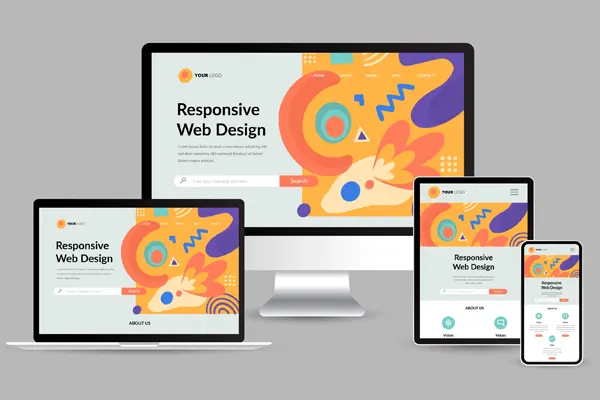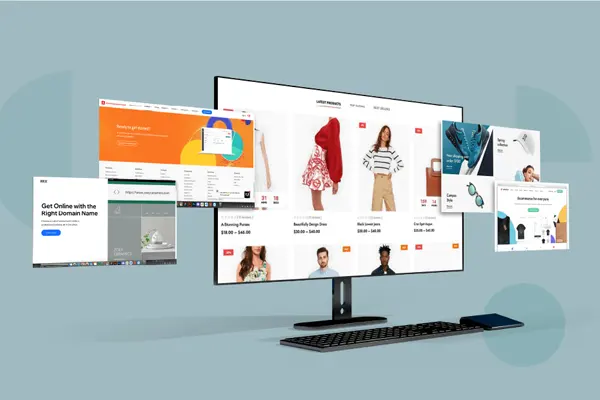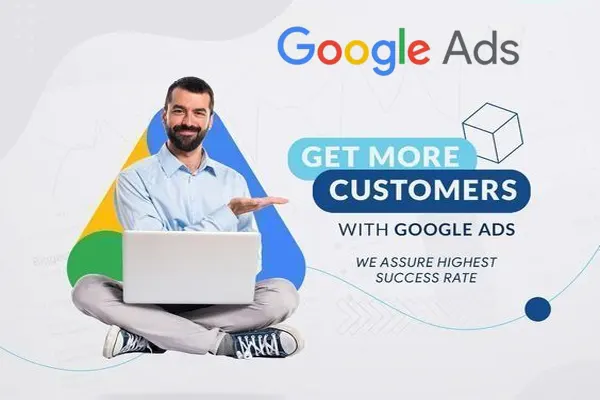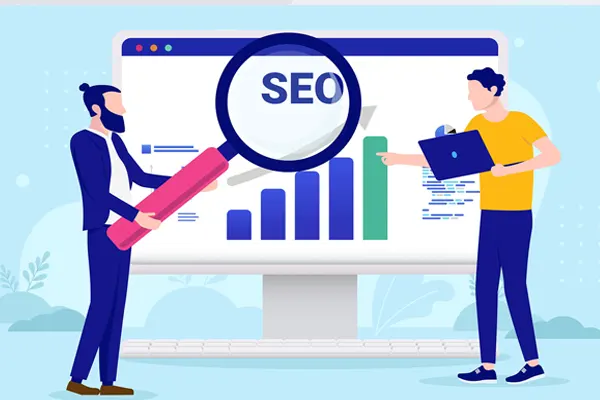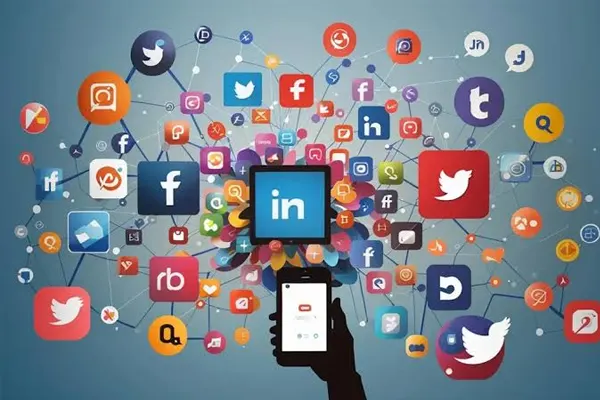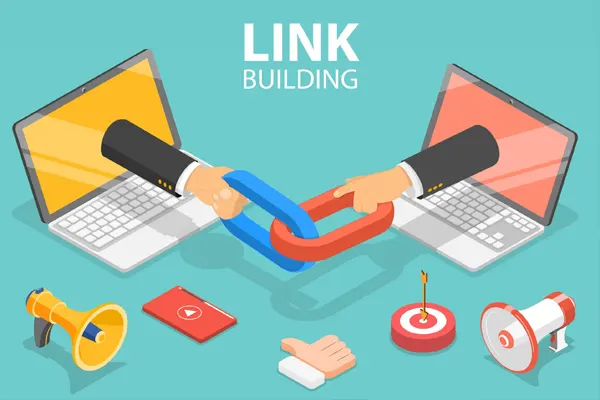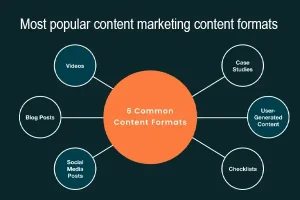Who Is My Content Marketing Audience And How To Reach Them?
Who Is Your Content Marketing Audience?
Key Steps to Identify Your Audience
1. Analyze Existing Customers
2. Create Buyer Personas
Develop detailed profiles of your ideal customers. Include:
- Demographics: Age, gender, income, occupation.
- Pain Points: Challenges or problems they face (e.g., “struggling to grow online sales”).
- Goals: What they aim to achieve (e.g., “increase brand visibility”).
- Content Preferences: Preferred formats (blogs, videos, podcasts) and platforms (Instagram, LinkedIn).
3. Conduct Market Research
4. Leverage Keyword Research
Why Knowing Your Audience Matters
Understanding your audience ensures your content is relevant and impactful. Here’s why it’s essential:
- Improves Relevance: Tailored content addresses specific needs, increasing engagement.
- Boosts Conversions: Relevant content drives actions, like sign-ups or purchases. A 2024 CMI study found 68% of businesses with defined personas saw higher conversion rates.
- Enhances SEO: Content aligned with audience search intent ranks better on Google.
- Maximizes ROI: Focused efforts reduce wasted resources on uninterested audiences.
How to Reach Your Content Marketing Audience
1. Craft Audience-Specific Content
Create content that resonates with your audience’s needs and preferences. For example:
- For B2B Audiences: Share whitepapers, case studies, or LinkedIn articles on industry trends.
- For Gen Z: Use short-form videos on TikTok or Instagram Reels with engaging visuals.
- For Local Businesses: Focus on local SEO keywords like “content marketing services in [city].”
2. Optimize for Search Engines
Incorporate relevant keywords naturally to improve discoverability. For instance:
- Primary Keyword: “content marketing audience.”
- Long-Tail Keywords: “how to find content marketing audience,” “reach target audience online.”
- Semantic Keywords: “buyer personas,” “audience engagement strategies.”
Place keywords in the title, H1, first paragraph, and throughout the content (1-2% density). Link to credible sources like Moz or Content Marketing Institute for authority.
3. Leverage the Right Channels
Distribute content where your audience is active:
- Social Media: Share infographics on Instagram or thought leadership posts on LinkedIn.
- Email Marketing: Send personalized newsletters with tools like Mailchimp.
- Forums and Communities: Engage on platforms like Reddit or Quora to answer audience questions.
- Paid Ads: Use targeted ads on Google or Facebook to reach specific demographics.
4. Use Engaging Formats
Diversify content to match audience preferences:
- Blogs: In-depth guides like “How to Define Your Target Audience.”
- Videos: Tutorials or interviews (e.g., “Content Marketing Tips for 2025”).
- Infographics: Visual data summaries for quick consumption.
- Podcasts: Discussions on industry trends for busy professionals.
5. Build Relationships Through Interaction
6. Measure and Refine
Track performance using tools like Google Analytics or Hotjar. Monitor metrics like:
- Traffic: Are you attracting the right audience?
- Engagement: Are users spending time on your content?
- Conversions: Are they taking desired actions?
Conclusion
Identifying and reaching your content marketing audience is the key to building meaningful connections and driving business growth. By understanding their needs, creating tailored content, and leveraging the right channels, you can engage your audience effectively. Start with audience research, optimize for SEO, and measure results to refine your approach. Ready to connect with your audience? Download our free buyer persona template or contact us for a custom content strategy!
Our Services
Related News
Frequently Asked Questions (FAQ)
How do I know if I’m reaching the right audience?
What if my audience is diverse?
How often should I publish content?
Consistency matters more than frequency. Aim for 1-2 high-quality pieces weekly, adjusted based on audience response.

